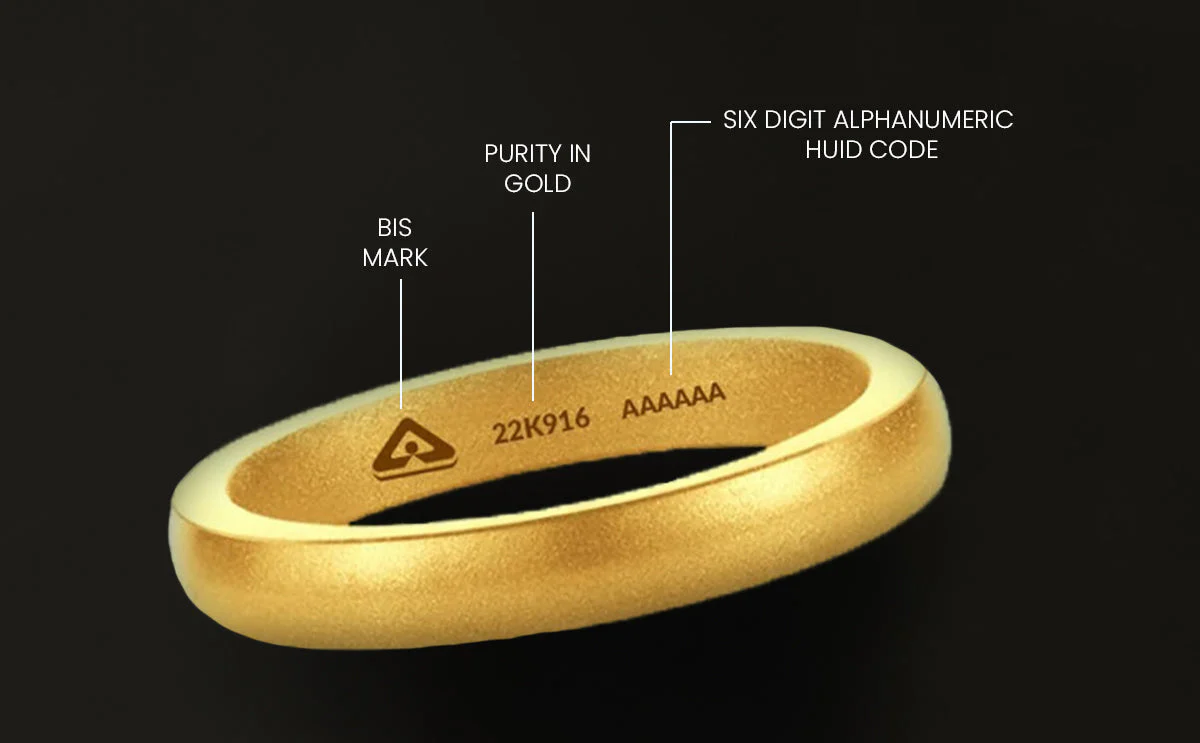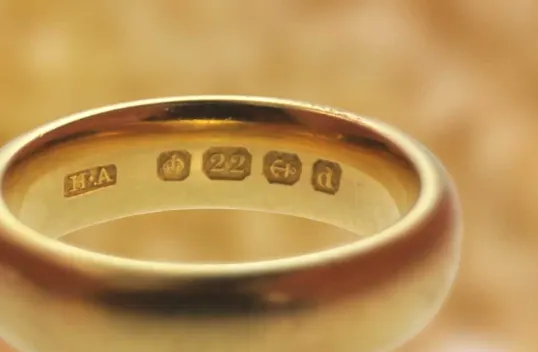Discover the Truth Behind Gold Hallmarks
Understanding UK Gold Hallmarks
Explore the essential guide to UK gold hallmarks, ensuring you know the purity and authenticity of your gold items.
The Role of Gold Hallmarks
Why Gold Hallmarks Matter
Gold hallmarks are crucial in verifying the purity and authenticity of gold items. In the UK, hallmarking is a legal requirement for most gold items, providing consumers with confidence in the quality of their purchases. These marks serve as a guarantee that the gold meets the required standards, protecting buyers from fraudulent claims.
Decoding Hallmarks
What Makes Up a Hallmark?
A hallmark is a set of symbols stamped on precious metal items, including gold, to certify their purity and origin. Key components of a hallmark include the purity mark, indicating the gold’s fineness, the assay office mark showing where the item was tested, and the sponsor’s mark identifying the maker. Optional date letters can also be included to signify the year of hallmarking.
Legal Requirements for Gold Hallmarking
Understanding the Hallmarking Act 1973
In the UK, the Hallmarking Act 1973 mandates that gold items over 1 gram must be hallmarked to ensure authenticity and purity. This legal requirement protects consumers by verifying the quality of gold items. Without a hallmark, it is illegal to describe an item as gold, safeguarding buyers against fraud and misrepresentation.
Components of a UK Gold Hallmark
Decoding Hallmark Symbols
A UK gold hallmark comprises several key elements: the Sponsor’s Mark, which identifies the maker; the Fineness Mark, indicating the purity level of the gold; and the Assay Office Mark, which shows where the item was tested. An optional Date Letter may also be present, revealing the year of hallmarking. Each component plays a vital role in certifying the item’s authenticity and quality.
Common Gold Fineness Marks
Gold Purity Levels Explained
Gold fineness marks are crucial for understanding the purity of gold items. Common marks include 375 for 9 carat gold, representing 37.5% purity; 585 for 14 carat gold, indicating 58.5% purity; 750 for 18 carat gold, signifying 75% purity; 916 for 22 carat gold, denoting 91.6% purity; and 999 for 24 carat gold, which is 99.9% pure. These marks assure buyers of the gold’s quality.
Each fineness mark corresponds to a specific carat and purity percentage, providing transparency and trust in gold transactions. Understanding these marks helps consumers make informed decisions when purchasing gold items, ensuring they receive the quality they expect.
Active UK Assay Offices
The United Kingdom is home to four active assay offices, each with a distinct symbol that represents its location and authority. The London Assay Office is symbolized by the Leopard’s Head, a mark that has been in use since the 14th century. In Birmingham, the Anchor is the emblem of the assay office, reflecting the city’s rich industrial heritage. Sheffield’s assay office is represented by the Rose, a nod to the city’s historical significance in the silver industry. Lastly, the Edinburgh Assay Office uses the Castle symbol, highlighting its Scottish roots and longstanding tradition in hallmarking.
Unique Symbols of Assay Offices
Each active assay office in the UK is identified by a unique symbol that is stamped on hallmarked items. These symbols not only certify the item’s authenticity but also provide insight into its origin. The Leopard’s Head of London, the Anchor of Birmingham, the Rose of Sheffield, and the Castle of Edinburgh are more than just marks; they are a testament to the rigorous standards upheld by these institutions. Understanding these symbols helps consumers trace the journey of their gold items from creation to certification.
Role of Assay Offices
Assay offices play a crucial role in the hallmarking process, ensuring that gold items meet the legal standards of purity and quality. By applying their unique symbols, these offices guarantee that each piece has been thoroughly tested and verified. This process not only protects consumers but also upholds the integrity of the precious metals market. The presence of an assay office mark is a sign of trust and reliability, offering peace of mind to buyers and sellers alike.
Historical Assay Offices
Throughout history, several assay offices have operated across the UK, each contributing to the rich tapestry of hallmarking traditions. Although some of these offices have closed, their marks remain significant, especially for collectors and antique enthusiasts. The Chester Assay Office, which closed in 1962, is known for its distinctive sword symbol. Exeter’s assay office, closed in 1883, left behind a legacy marked by the castle symbol. Glasgow’s assay office, which ceased operations in 1964, used the tree symbol, while Newcastle’s office, closed in 1884, was represented by the castle keep. Norwich and York also had their own unique marks before closing in the 18th and 19th centuries, respectively.
The Importance of Hallmarks
Hallmarks are essential in safeguarding consumer interests by ensuring the authenticity and purity of precious metal items. They serve as a guarantee that the metal content meets the standards set by law, thus protecting buyers from fraud and misrepresentation. By providing transparency, hallmarks build trust between sellers and consumers, fostering confidence in the market. This system of verification not only upholds the quality of gold items but also preserves the reputation of businesses involved in the trade. For consumers, understanding hallmarks is crucial in making informed purchasing decisions, ensuring they receive the value they expect.

Discover Our Gold Services
Unlock the full potential of your gold investments with our expert buying and selling services. Dive into a world of opportunities and ensure you get the best value for your precious metals. Explore our offerings today and make informed decisions with confidence.


